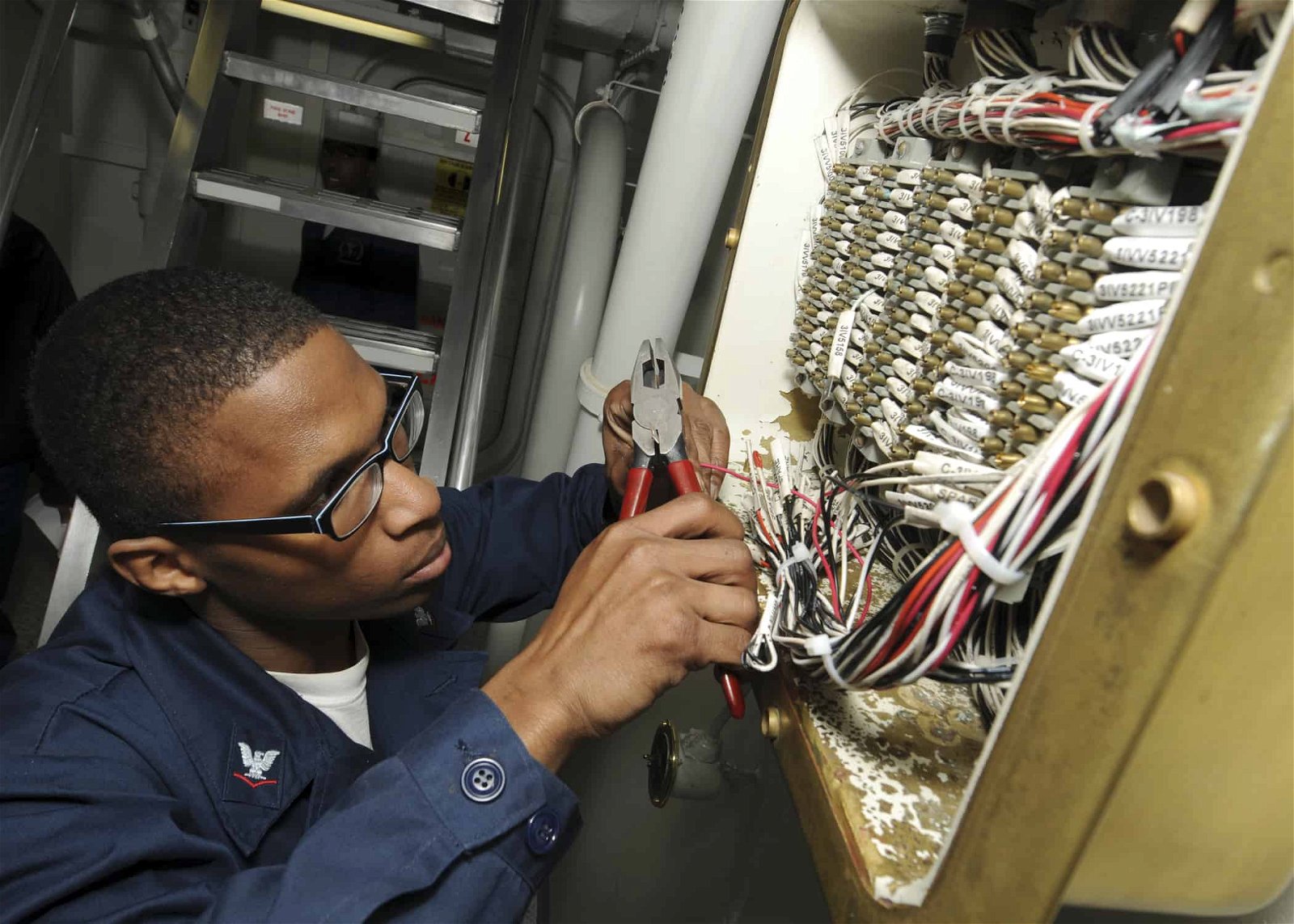Advanced BRE Automation Australia: Changing Your Automation Requirements
Advanced BRE Automation Australia: Changing Your Automation Requirements
Blog Article
Debunking Electrical Installment: Understanding Codes and Regulations for a Lawful and Safe Configuration
In the world of electric installation, adherence to codes and policies is critical to ensure both legality and safety and security. The complexities bordering electric job can be daunting, but familiarizing oneself with the recognized standards is key to navigating this area with self-confidence. By understanding the intricacies of the National Electric Code and regional building ordinance, individuals can assure that their installments satisfy required precaution and remain in conformity with the law. Nonetheless, the journey to demystifying electric installation exceeds simple familiarity with laws; it requires an extensive grasp of just how to carry out safe electric practices properly.
Significance of Electrical Codes
The adherence to electrical codes is vital in making sure the safety and security and reliability of electrical setups. Electric codes serve as a set of requirements and standards that determine the proper style, setup, and upkeep of electric systems. These codes are established to reduce the danger of electric dangers, fires, and various other safety issues that may develop from damaged electrical work.

In addition, electric codes are on a regular basis updated to include new technologies, finest practices, and precaution. Staying upgraded with these codes is essential for specialists in the electrical sector to guarantee that their job satisfies the most recent safety and security criteria. Ultimately, the relevance of electrical codes hinges on developing a safe and secure and reliable electrical infrastructure that profits both people and communities.
Secret Regulations for Security
Numerous fundamental guidelines control the safety requirements in electric installations. One crucial law is the National Electrical Code (NEC), which offers standards for safe electrical style, installation, and assessment to shield people and property from electrical risks. The NEC covers elements such as circuitry methods, grounding, overcurrent protection, and equipment setup to make sure a secure electric system.
Another important guideline is the Occupational Safety And Security and Wellness Administration (OSHA) standards, which focus on the security of workers associated with electrical setups (BRE Automation Australia). OSHA guidelines consist of demands for correct training, safety and security treatments, and individual safety devices to stop office crashes and injuries
Moreover, the International Electrotechnical Compensation (IEC) requirements aim to integrate electric setup policies on a global range. These requirements address problems like electrical equipment safety, electromagnetic compatibility, and energy performance to promote uniformity and safety and security in electrical installations worldwide.
Conformity with these crucial regulations is important to ensure the safety and security and legitimacy of electric installments, securing both individuals and residential or commercial property from the risks related to electrical power.
Recognizing National Electric Code
Secret regulations such as the National Electric Code (NEC) provide necessary guidelines for secure electrical style, installation, and assessment to ensure the security of individuals and property from electric hazards. The NEC, likewise recognized as NFPA 70, is an extensive collection of standards for electrical installments that are updated every three years. It is created by the National Fire Protection Association (NFPA) and is extensively adopted across the USA.
The NEC covers various elements of electric work, including circuitry methods, grounding, overcurrent protection, and devices installment. It aims to protect individuals and property by attending to possible risks connected with electrical systems. Conformity with the NEC is commonly implemented by local authorities having jurisdiction (AHJs), such as developing code officials and examiners.
Recognizing the NEC is crucial for electrical professionals, developers, and assessors to make certain that installations meet the required security requirements. By adhering to the NEC standards, professionals can assist stop electric mishaps and make certain the integrity of electric systems in property, business, and commercial settings.
Conformity With Regional Building Ordinance
Recognizing and adhering to regional structure codes is essential for guaranteeing the safety and security and conformity of electrical installations within a certain territory. These codes lay out particular demands for electric installments, such as the kind of wiring to be utilized, positioning of outlets, basing techniques, and load abilities.
When it comes to electric setups, failure to abide with regional building codes can result in significant effects. Non-compliant setups may posture security risks, raise the danger of electrical fires, and lead to costly penalties or legal concerns.
Making Certain Safe Electrical Practices
Practicing stringent adherence to established safety and security procedures is crucial in the area of electrical installments to reduce potential dangers and ensure the health of individuals and residential or commercial properties. Safety and security in electrical work incorporates various facets, starting with the correct training of personnel associated with installation, upkeep, and repair. It is important to follow maker instructions thoroughly when handling electrical parts and equipment. Before starting any job, it is important to conduct a thorough threat assessment to determine possible hazards and execute safety nets. Using individual safety tools (PPE) such as insulated gloves, security glasses, and non-conductive shoes is non-negotiable to safeguard against electric shocks and arc flashes. Routine devices examinations, testing, and upkeep routines are vital to identify and remedy faults prior to they rise right BRE Electrical Solutions into safety and security hazards. Moreover, adherence to appropriate lockout-tagout treatments throughout upkeep tasks is essential to stop accidental energization of circuits. By focusing on risk-free methods, electric setups can function efficiently while reducing the possibility of accidents or damage.
Conclusion
Finally, adherence to electric codes and policies is critical for making sure the safety and validity of electrical installments. Comprehending the National Electric Code and compliance with neighborhood building regulations are crucial for a risk-free setup. By complying with these guidelines and exercising safe electrical practices, individuals can protect against prospective threats and make sure the proper functioning of their electric systems.
Report this page